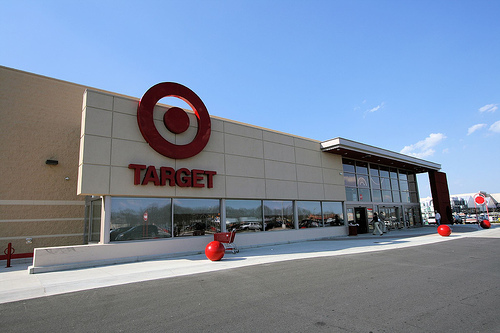 Author: Bob Freedland
Author: Bob Freedland
Covestor model: Buy and Hold Value
2011 was a difficult year for investors and it was a challenging year for the Buy and Hold model as well, although we finished the year down just 1.25%. As the year progressed, the model seemed to gain traction recovering from losses mid-year.
The model is currently concentrated most in the retail sector with holdings of Costco (COST), Genesco (GCO), Hibbett (HIBB), Nordstrom (JWN), PetSmart (PETM), and TJ Maxx (TJX). I chose to respond to the difficult economic times by identifying those sectors of the retail trade that appeared to spared by the slowdown. These included both consumers searching for value (Costco and TJ Maxx), and more affluent shoppers able to continue their shopping at Nordstrom. In addition, niche retailers like PetSmart, Hibbett, and Genesco were able to occupy retail spots in which the consumer appeared to be relatively insensitive to the economic pressures. These stocks have done well for me in the portfolio and I shall continue to look to them for performance.
In the food/restaurant area, this model has held two stocks – Starbucks (SBUX) and McDonald’s (MCD) – that have performed well and also represent areas that the consumer appeared reluctant to curtail their buying. Value dining at McDonald’s continued, as the company remodeled many of their stores and added to their coffee line, coming into competition with the other holding – Starbucks. Starbucks, after an extensive restructuring, has been returning to its traditional growth. Both of these companies as well have an aggressive China strategy and are expanding in China quite successfully.
My single current holding that has exceeded my expectations is my Cardtronics (CATM) stock – it has performed better than any of my other holdings in a relatively short time. This ATM company continues to crank out great financial results and the stock has steadily appreciated. I have been quick to weed out my poorer performing stocks, and currently Nordstrom (JWN) appears to show the most technical fatigue of my holdings, but I am still confident of its ability to perform going forward.
The single holding that I find most intriguing is Westport Innovations (WPRT) which, while still not profitable, is strategically allying itself with large engine and vehicle companies like Cummins (CMI), General Motors (GM), and Ford (F). They are working to expand the implementation of natural gas engines in these companies. As this succeeds, as I suspect it will, Westport should appreciate in the stock market as well.
There is no doubt that the biggest challenge to my model in 2011 was the incredible volatility of the market itself, with rather frequent 300 to 500 point swings in the Dow. The economy struggled to recover, while the political turmoil in Congress and the Euro and Arab Spring disruption added to the sense of uncertainty. The year finished with strains developing between Iran and the western world over nuclear arms development. All of the volatility did not allow for any coherent strategy except to move some of the portfolio to cash and then back into equities. I shall try to reduce the portfolio turnover and trading frequency in this model in 2012 by staying focused on longer-term performance and avoiding as much as possible participating in the whipsaw environment such trading can produce.
This portfolio does not utilize any gold or precious metal holdings. In the future, we may identify companies that are involved in the gold industry if they have characteristics and financial fundamentals that make them worthwhile of consideration. The only hedge this model has utilized has been the decision to shift some equities into cash and back again. While moderately successful, such timing is unlikely to be utilized in the future as I shall be trying to reduce the trading within this account to make it more truly a Buy and Hold approach.
As we head into 2012 and the upcoming Presidential election cycle, I believe that the political pressures on the market shall grow, as Republicans shall resist any stimulative actions by the government, preferring the free market solution to economic cycles. We are likely to see repeats of debt-ceiling and tax-cut, doc-fix, and other ‘patches’ to be sources of division between the different political factions. In the end, I expect that President Obama will likely be difficult to defeat in the Fall, and that the market itself will ultimately respond to financial results and less to which political party occupies the White House.




